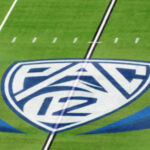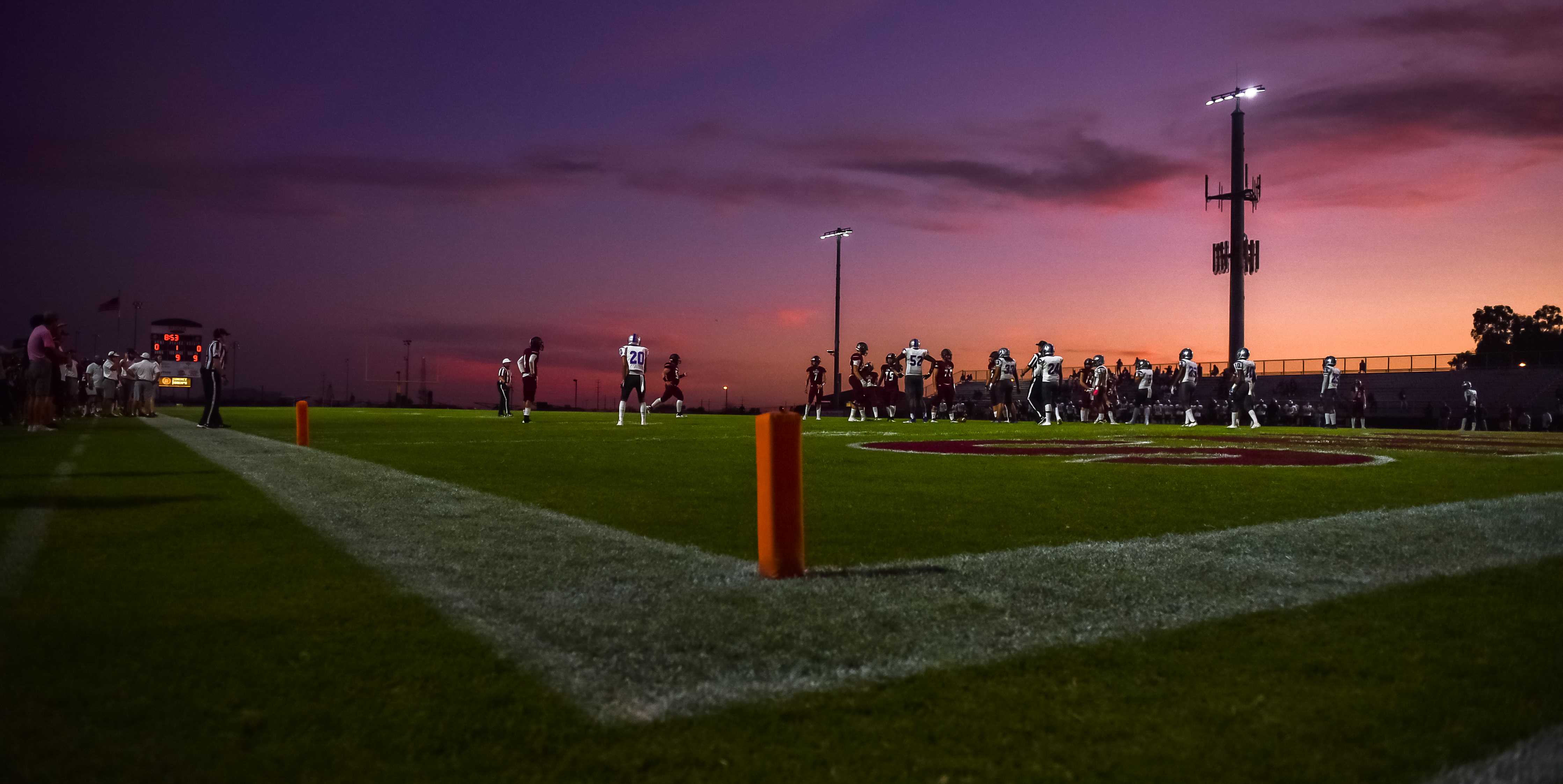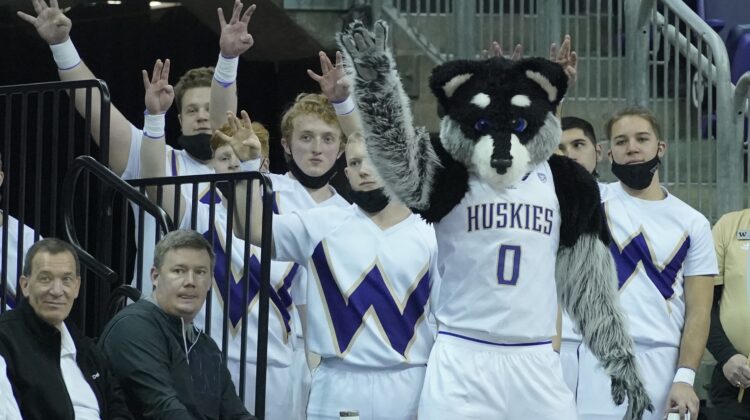News of Washington coach Mike Hopkins’ dismissal was seconds old when the name game began.
Many published lists of replacement options focused on successful coaches in the Mountain West or those with ties to UW or the Pacific Northwest.
Utah State’s Danny Sprinkle, a Pullman native, is one of the hottest names in the region after leading the Aggies to 26 regular-season wins in his first year.
Boise State’s Leon Rice, Colorado State’s Niko Medved and Brigham Young’s Mark Pope have been attached to the vacancy on Montlake, as well.
So has Washington State’s Kyle Smith, who just collected Pac-12 Coach of the Year honors after guiding the Cougars to a second-place finish.
They all make sense in some form or fashion, especially given UW’s hiring model: Athletic director Troy Dannen and his lieutenants are understandably interested in the basketball version of Kalen DeBoer, who was hired away from Fresno State after a single winning season and turned Husky football into a powerhouse.
Nothing against that strategy, or against DeBoer, but the Hotline suggests an alternate approach. Instead of hiring the next DeBoer, the Huskies should consider hiring someone closer to what DeBoer is now.
We aren’t referring to coaches at the top of college basketball (Kansas’ Bill Self, Houston’s Kelvin Sampson, etc.) But there are options between the Fresno State version of DeBoer and the current version of DeBoer: Coaches who are already winning at the highest level.
Thanks to conference realignment and the decision to dismiss Hopkins, the Huskies have a golden opportunity to elevate their program.
Big Ten basketball is not Big Ten football, folks.
There are no basketball equivalents of Ohio State and Michigan.
There aren’t even basketball equivalents of Penn State, Oregon and USC.
The conference produces a quality product but is devoid of elite programs with staying power and intrinsic advantages in resources, tradition and brand dominance.
Sure, Purdue’s Matt Painter is a phenomenal coach, but his star player, Zach Edey, is departing and his program is nowhere near blue-blood status.
Michigan State was a Tier 1 blue blood a decade or two ago but has lost ground under 69-year-old coach Tom Izzo.
Indiana and Michigan won’t be confused with Duke and North Carolina.
The closest thing to a true blue blood in the Big Ten isn’t even in the Big Ten just yet. It’s UCLA, which will join the conference this summer along with Washington, USC and Oregon.
If the Huskies muster enough resources and make the right hire, they could compete regularly for the Big Ten title without fear of being blue-blooded into oblivion by basketball versions of Ohio State and Michigan.
Granted, UW basketball struggles for traction in the Seattle sports market and for support among its football-focused fans, but that’s hardly an intractable position.
The Huskies are building a $60 million, 40,000-square-foot practice facility that’s donor-funded and should energize recruiting in a talent-rich region.
UW is an attractive school for transfers and has an alumni base wealthy enough to support a first-rate NIL (name, image and likeness) program if given good reason.
Also, the broader landscape cannot be ignored: The moment this season ends, Washington becomes a Big Ten basketball program and can claim all the clout and security that comes with it.
The Big Ten and SEC are rapidly consolidating their power across the college sports spectrum. While the emerging hierarchy is most apparent in football, it won’t be long before the disparity seeps into basketball, as well.
The Big Ten offers the best of both worlds for basketball coaches, providing resources and security during a period of industry upheaval while devoid of blue bloods at the competitive center.
Where should Washington turn for Hopkins’ replacement?
Sprinkle and Smith are deserving of positions on Dannen’s short list, just not at the top of his short list — at least not yet.
The Huskies aren’t rolling in cash; they can’t offer the $7 million or $8 million needed to lure winners at the highest level. (Hopkins earned $3.1 million per year and is owed that much as part of the buyout.)
But once again, we direct your attention to the middle ground: The pool of candidates with proven resumes, $4 million-to-$5 million annual salaries with manageable buyouts.
Is Clemson’s Brad Brownell interested in escaping the shadow of Duke and North Carolina?
Would TCU’s Jamie Dixon consider leaving a reshaped Big 12 that will be more challenging than the Big Ten?
How substantial is the buyout portion of TJ Otzelberger’s contract with Iowa State?
Is Porter Moser really committed to Oklahoma?
To be clear: We aren’t suggesting any of those coaches are, or could become, serious candidates in Seattle.
Instead, let them serve as examples of the targets UW should pursue.
A thorough assessment of his candidate pool might lead Dannen to the conclusion that he has better options in Sprinkle, Smith, Rice and Medved.
But because of the Big Ten’s modest competitive landscape, the Huskies should cast a search net wide enough to touch the Big 12 and even the ACC.
They have a chance to elevate one of their two profitable sports programs — not for one season but for many seasons — at a critical moment in the school’s athletic history.
*** Send suggestions, comments and tips (confidentiality guaranteed) to pac12hotline@bayareanewsgroup.
*** Follow me on Twitter: @WilnerHotline
*** Pac-12 Hotline is not endorsed or sponsored by the Pac-12 Conference, and the views expressed herein do not necessarily reflect the views of the Conference.
Related posts:
 Wilner Hotline – Big Ten chatter/Colorado roster purge/ NFL Draft and the Pac
Wilner Hotline – Big Ten chatter/Colorado roster purge/ NFL Draft and the Pac  Pac-12 business: Scottsdale meetings feature loaded agenda, but no decision expected on you-know-what
Pac-12 business: Scottsdale meetings feature loaded agenda, but no decision expected on you-know-what  Huffman – Pac-12 recruiting: The top offensive prospects in the West in the class of 2024 (and the favorites to land them)
Huffman – Pac-12 recruiting: The top offensive prospects in the West in the class of 2024 (and the favorites to land them)  Hotline mailbag: Future of the Oregon-Washington game, the Colorado “smoke”, Big Ten vetting, splitting CFP cash and more
Hotline mailbag: Future of the Oregon-Washington game, the Colorado “smoke”, Big Ten vetting, splitting CFP cash and more
